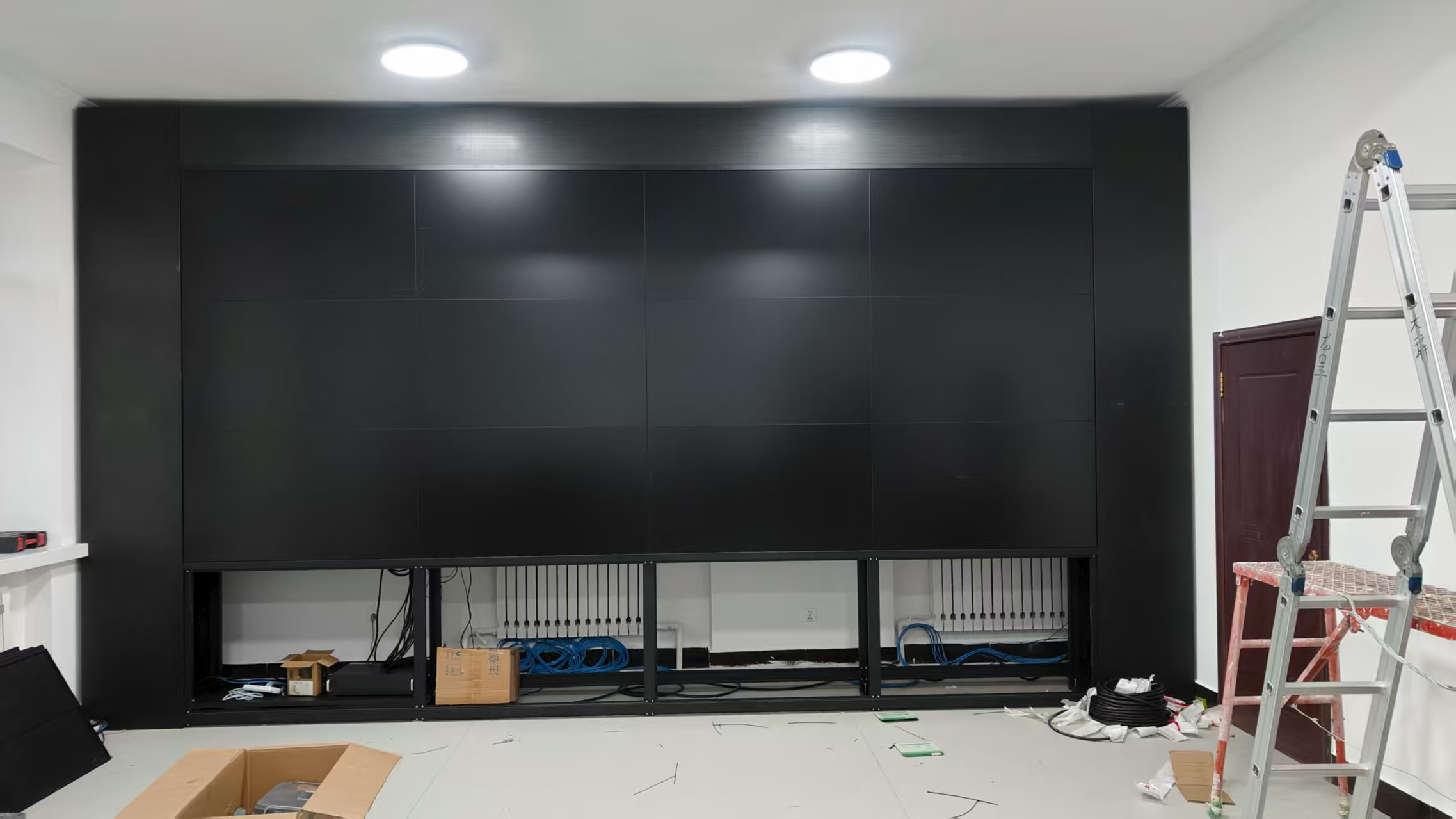LCD Video Wall Installation Guide(2)
Successful LCD video wall installation requires careful planning and precise execution. The three main methods are Direct Hang, Rigging, and Floor-Standing, each suited to specific environments.
LCD video walls represent a dynamic and versatile display solution, widely employed for advertising, live events, control rooms, and public information systems. Their installation is a critical process that dictates overall performance, longevity, and visual quality. A successful LCD video walls installation hinges on meticulous planning, precise execution, and rigorous testing. The primary installation methods are Direct Hang, Rigging, and Floor-Standing, each suited to specific environments and requirements.
Pre-Installation Planning
Thorough preparation is essential. Conduct a detailed site survey to assess structural integrity, ambient light, viewing angles, and power/data access. Create a precise layout using configuration software to determine panel arrangement, resolution, and cable routes. Inspect all components—cabinets, mounts, cables, and processors—for damage. Test a sample panel group for color consistency. Always prioritize safety by verifying load capacities and using certified equipment.
Installation Methods
1. Direct Hang (Wall Mount)
This method involves mounting the LCD video wall panels directly onto a solid, vertical surface.
Mount panels directly onto a solid wall or a built support frame. A perfectly flat aluminum frame is secured to the wall first. Panels are then attached using adjustable brackets for fine alignment (X, Y, Z axes) to create a seamless display. Ideal for permanent indoor installations like control rooms, lobbies, and retail stores. The wall must be structurally sound. Choose front-serviceable LCD video wall panels if rear access is limited.
2. Rigging
Suspend the wall from a ceiling structure using trusses and professional rigging hardware. LCD video wall panels are assembled on the truss at ground level and hoisted into position. This method requires certified riggers and strict safety checks. It is perfect for theaters, event venues, and broadcasts where floor space is limited. Always confirm the overhead structure’s weight capacity and comply with local regulations.
3. Floor-Standing (Free-Standing)
Construct the video wall on its own independent frame or mobile cart. This portable setup is ideal for temporary events, shows, and exhibitions. It requires no building modification and offers easy reconfiguration. Ensure the structure is stable and has a wide enough base to prevent tipping. Mobile carts are excellent for smaller, quick-deploy setups.
Critical Post-Installation Steps
After mounting, execute precise calibration. Use a dedicated processor and software to align all modules, correct color uniformity, and eliminate brightness differences. This step of the LCD video walls is vital for a seamless image. Finally, conduct a comprehensive test of all input sources, control systems, and fail-safe mechanisms before final sign-off. Proper installation ensures optimal performance, longevity, and a stunning visual experience.

